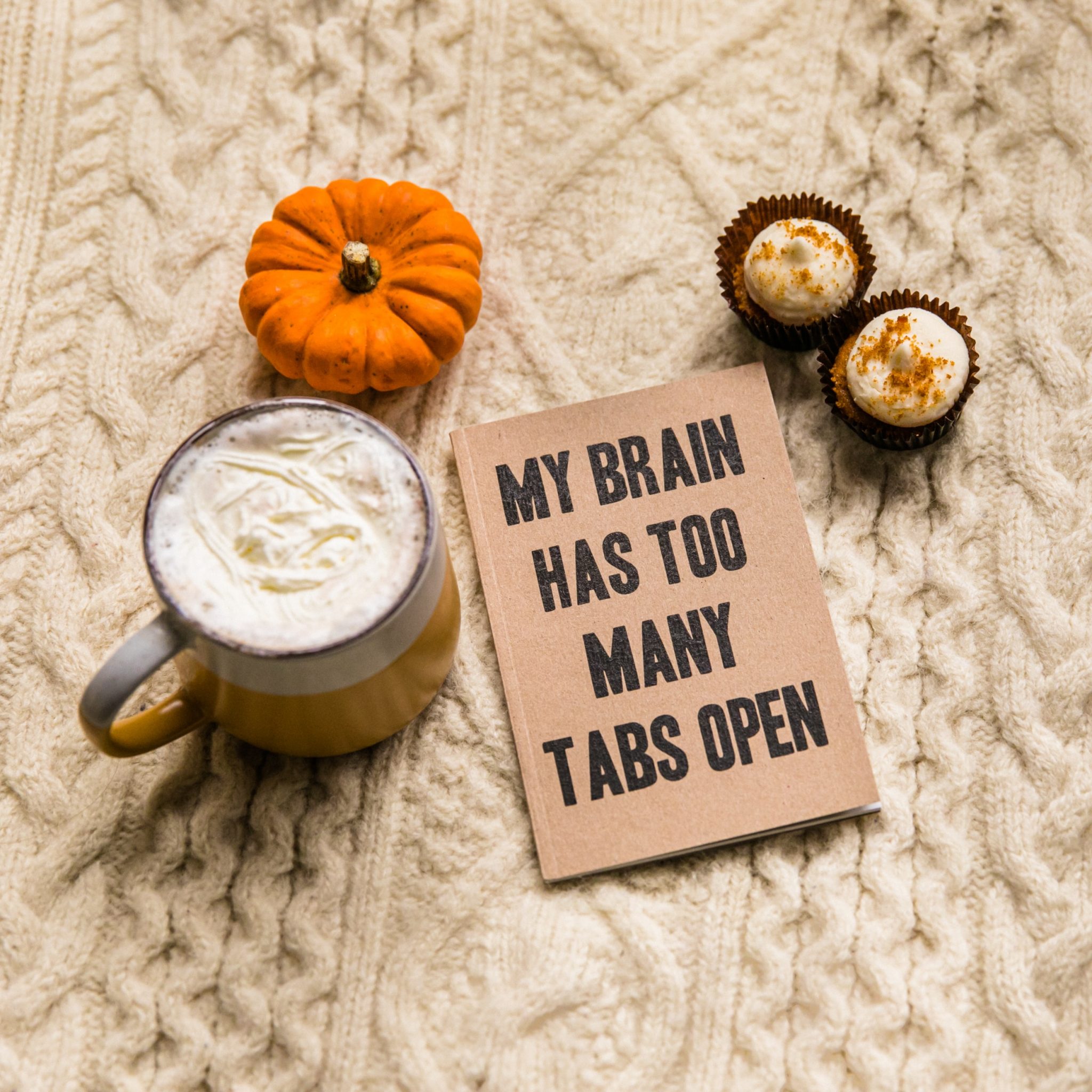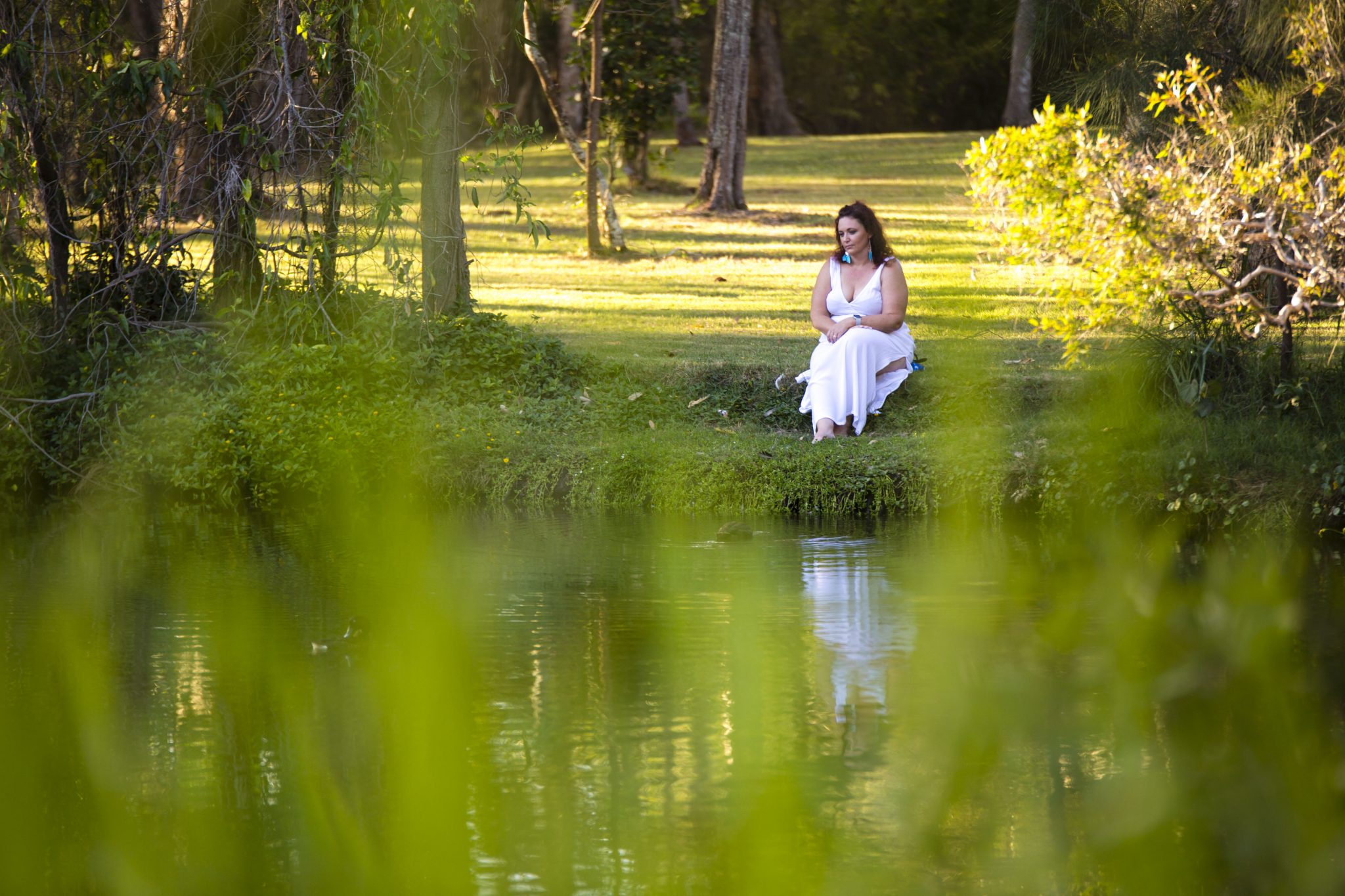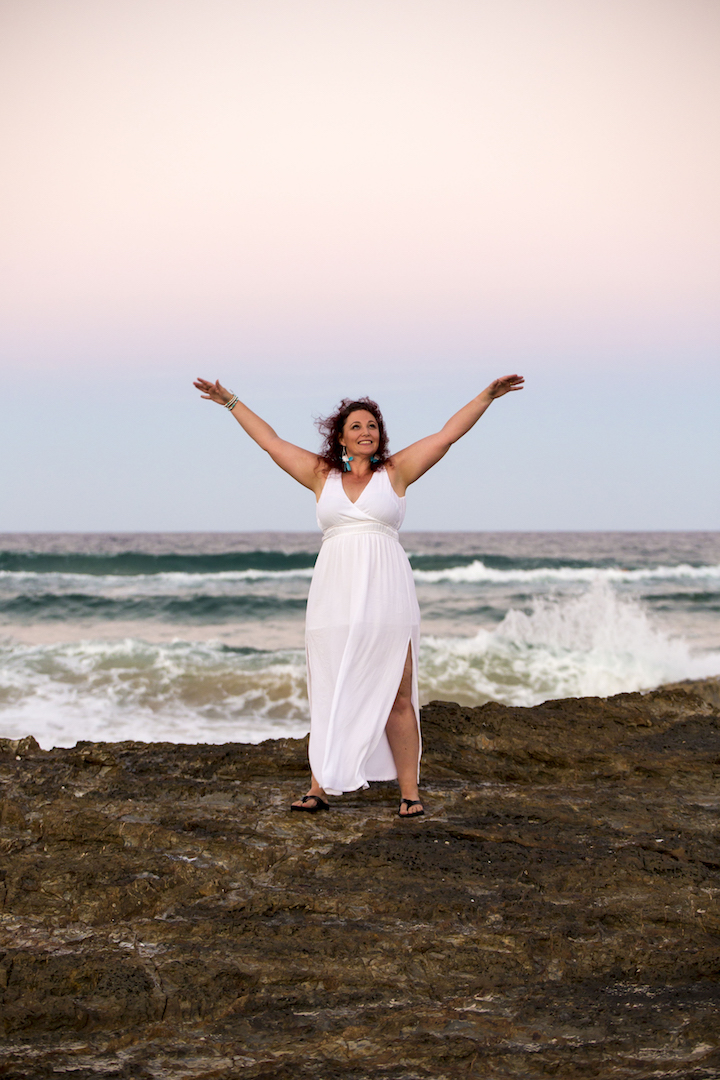This article originally featured Sixty and Me
There is a ton of information out there concerning osteoporosis and bone density, but many of us aren’t exactly familiar with these terms. So, let’s start with some basic definitions.
What is Bone Density?
It is a measure of the amount of calcium and other minerals in a segment of bone.
A higher mineral content indicates a higher bone density and strength. A lower mineral content indicates the onset, or probability of osteoporosis.
What is Osteo?
The term osteo comes from the Greek word “Osteon” and refers to the bones of the body.
There are many forms of osteo ailments as stated below.
Osteoarthritis– the cartilage within the joint breaks down, causing pain and stiffness
- Osteomalacia– the bones become soft, due to problems with the metabolism of vitamin D
- Osteoporosis– the bones lose mass and become brittle. Fractures can occur.
- Rheumatoid Arthritis– inflammation of the joints
- Muscle weakness and pain– any of the above conditions can affect the proper functioning of the associated muscles.
Bone is living tissue
As we age, the structure of bone changes and this results in loss of bone tissue. Low bone mass means bones are weaker, and this puts people at risk of breaks or fractures from a bump or fall.
Bones become less dense as we age for a number of reasons, including: An inactive lifestyle which can cause bone wastage.
Hormonal changes – In women, menopause and the decline of oestrogen, triggers the loss of minerals in bone tissue. In men, the gradual decline in sex hormones leads to the later development of osteoporosis.
Over time bones lose calcium and other minerals.
What can I do to help myself?
Eat a wide variety of colourful foods like fruit and vegetables which are high in vitamins and minerals
Keep hydrated, this helps to keep the tissue and bones in our body lubricated and healthy
Have your Vitamin D level checked regularly and take supplements if required
Weight bearing exercise can make bones stronger and help slow the rate of bone loss.
Older people can increase muscle mass and strength through muscle strengthening activities.
Balance and coordination exercises can help reduce the risk of falls.
Physical activity in later life may delay the progression of osteoporosis as it slows down the rate at which bone mineral density is reduced.
The best way to exercise for bone health.
Exercise can prevent many age-related changes to muscles, bones and joints. Exercise also helps reverse damage done to said muscles, bones and joints.
There is also evidence to suggest that twisting and rotational movements that pull on muscles where the joints attach (with care) is helpful in maintaining long term health of the joints.
It’s never too late to start living an active lifestyle and enjoying the benefits.
Research suggests that two weight training sessions a week utilising body weight and gym equipment is optimal for building strong muscles and helping maintain bone mass.
These workouts do not need to be hard or with heavy equipment. A continual regime of appropriate exercises and a healthy diet are the keys to protecting your bone health, for life.
It is important to see your doctor about your own bone health. If necessary, your doctor will refer you to an appropriate medical professional.
If you don’t know where to start with exercises that assist with gaining strength download my free Workout Guide for a Strong Body here: https://meeactive.lpages.co/strong-body
References: https://www.betterhealth.vic.gov.au/health/ConditionsAndTreatments/osteoporosis-and-exercise?viewAsPdf=true
https://www.ncbi.nlm.nih.gov/pmc/articles/PMC6279907/




